Top 5 Facts You Should Know About the Philippine Healthcare System

1. Most Common Causes of Death in the Philippines

According to the Global Burden Disease Study of 2015 conducted by medical practitioners, the high mortality rates in the Philippines are due to 32 diseases, the majority of which are respiratory infections.
However, in a more recent study released by the Philippine Statistics Authority, the leading causes of death in the Philippines are ischemic heart diseases, cerebrovascular diseases, and neoplasms from January to November 2021. Pneumonia, COVID-19, and other respiratory diseases were also included in the top 20 list of the most common causes of mortality in the country.
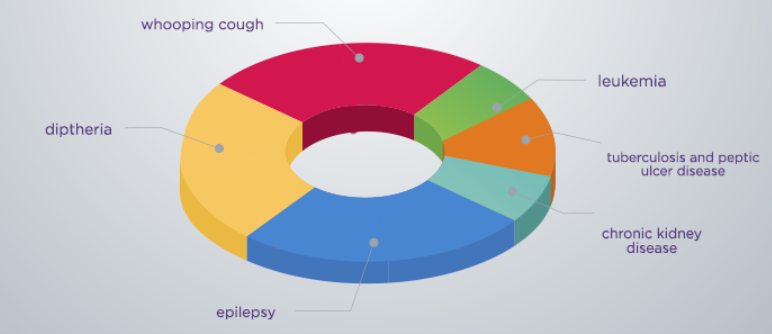
2. Limited Access to Healthcare

The Philippines consists of over 100 million people
The Philippines has over 100 million people with the majority of the population having limited access to proper basic care because of poor living conditions. A shortage of medical facilities and equipment in the country is also evident, and the best hospitals and clinics are often found in large cities, such as Metro Manila, Cebu, Davao, and Quezon.
Because of this circumstance, people living in rural areas often have to deal with a poor healthcare system. Sometimes, rural areas don’t even have any licensed medical doctors or only do with poorly equipped clinics with outdated or broken medical equipment.
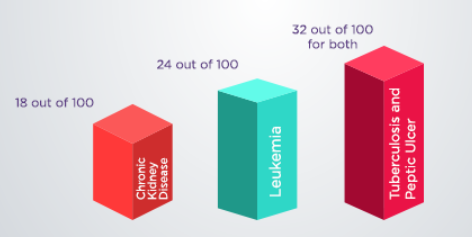
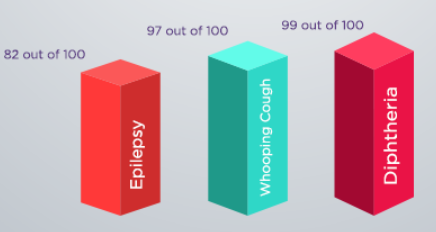
3. The Philippine Healthcare System as a Work in Progress




HMOs came up with micro-health plans that only cost Php 36. It targets and benefits the working force including fishermen, drivers, farmers, and laborers. Within the conditions of the health financing plans in the Philippines, doctors are prohibited to quote private rates when a patient goes beyond the maximum limit per illness/injury per year and will only charge by the contractual rate agreed upon with the HMO (The Philippine Government Expands Health Care Coverage, 2018).
The government has also launched various programs that are meant to ensure the health of its citizens, especially those in the low-income sector. One of the most well-known health programs is the National Immunization Program, which aims to provide children with the vaccines they need to avoid deadly diseases.
The Department of Health (DOH) has also launched the Adolescent Health and Development Program (AHDP) that aims to provide adolescents between ages 10 and 19 with access to quality medical facilities. The program also allows them to exercise their right to healthcare.
4. HIV Awareness

According to the Philippine Statistics Authority, Only 1 (20%) in 5 young women have comprehensive knowledge of HIV prevention. With young women from the Ilocos and Cagayan Valley regions being less knowledgeable about HIV prevention compared to their counterparts in other regions.
One of the things the DOH has done to address this issue is launch an HIV, AIDS, and STI awareness program. It involves STD-prevention strategies, such as free HIV counseling, free HIV testing, and distribution of male condoms during outreach. The DOH has also included peer education and community assemblies in the strategies they will use to increase HIV awareness in the Philippines.
5. Poor Lifestyle Choices
Increasing Morbidity
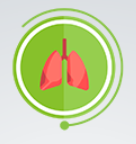

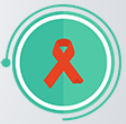


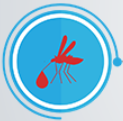
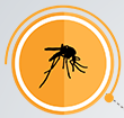
The Philippines might have a long way to go to perfect its healthcare system, but one great lifestyle choice you can make is to look for ways how you can secure your and your family’s health and wellness. It’s time for YOU to make the first step to achieve this because one’s healthcare should not depend on anyone else but oneself.
One thing that you can do is look for health insurance plans that suit your family's unique needs. Make sure to thoroughly study each policy before you make your decision. To help you get started, you can explore the extensive healthcare options offered by Allianz PNB Life Insurance.
Kenworthy, K. (2017). 10 Facts About Healthcare in the Philippines. The Borgen Project. Retrieved from here.
Tandon, A., Murray, C., Lauer, J. & Evans, D. (2017). Measuring Overall Health System Performance for 191 Countries.
Oxford Business Group. (2018). Philippines Government Expands Health Care Coverage. Retrieved from here.
Kritz, B. (2017). PH an ‘Underachiever’ in Health Care. The Manila Times. Retrieved from here.
Philippine Statistics Authority. (2018). Philippines National Demographic and Health Survey 2017 Key Indicators Report. Retrieved from here.
